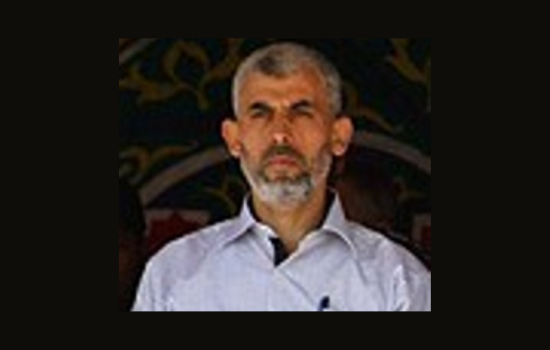Ehud Yaari and Matthew Levitt
The Washington Institute for Near East Policy, Dec. 21, 2023
“In the immediate aftermath of October 7, the scope and brutality of the attack triggered criticism from external leaders and sent many into damage-control mode. In public, they denied that Sinwar’s men had butchered women and children, blaming the Israel Defense Forces for the civilian deaths.”
As the Hamas-Israel war has progressed, tensions new and old have surfaced between leaders in Gaza and those residing abroad. Inside the Strip, Yahya al-Sinwar remains the group’s undisputed leader and retains the loyalty of the tight cluster of military commanders around him. He is fixated on continuing the fight, believing that if Hamas can absorb Israel’s punishing hit without being completely destroyed, it can ultimately declare “divine victory,” much like Hezbollah did in 2006. Yet Hamas leaders in Qatar, Lebanon, and Turkey are already looking toward the day after the war and trying to carve out space for the group in whatever political structure will govern Gaza. Because the resulting tensions echo disagreements that have embroiled the group for years, comparing the past and present fissures is instructive.
The Contest for Control Before the War
Ever since Hamas’s 2007 Gaza coup against the Fatah-led Palestinian Authority, the group’s leaders inside the territories have steadily gained control and influence at the expense of its external leadership. Based in Damascus at the time, the external leaders remained dominant for a while, largely because they still controlled the organization’s purse strings and oversaw relationships with Hezbollah, Iran, and other actors. Yet Hamas leaders on the ground were the ones issuing day-to-day decisions about running the Strip, eventually developing systems of taxation and extortion that decreased their dependence on funding from abroad. … [To read the full article, click here]


